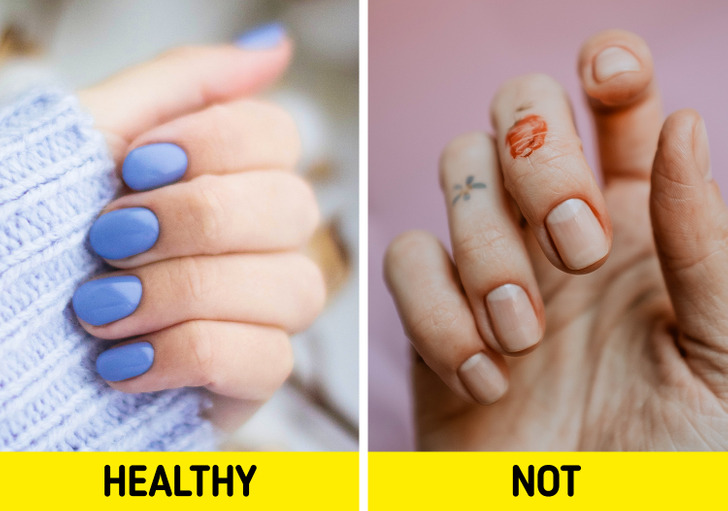A Guide to Nail Files
Everyone knows that nail artists have a bunch of different nail files. Round, square, thick, thin, soft, and firm — and all of them are necessary. Of course, you don’t need to have all of them unless you have a beauty salon but having at least one good file is always a good idea. However, it’s not always clear how to choose a good file. There are different kinds of files and you can choose from an extensive variety.
Numbers
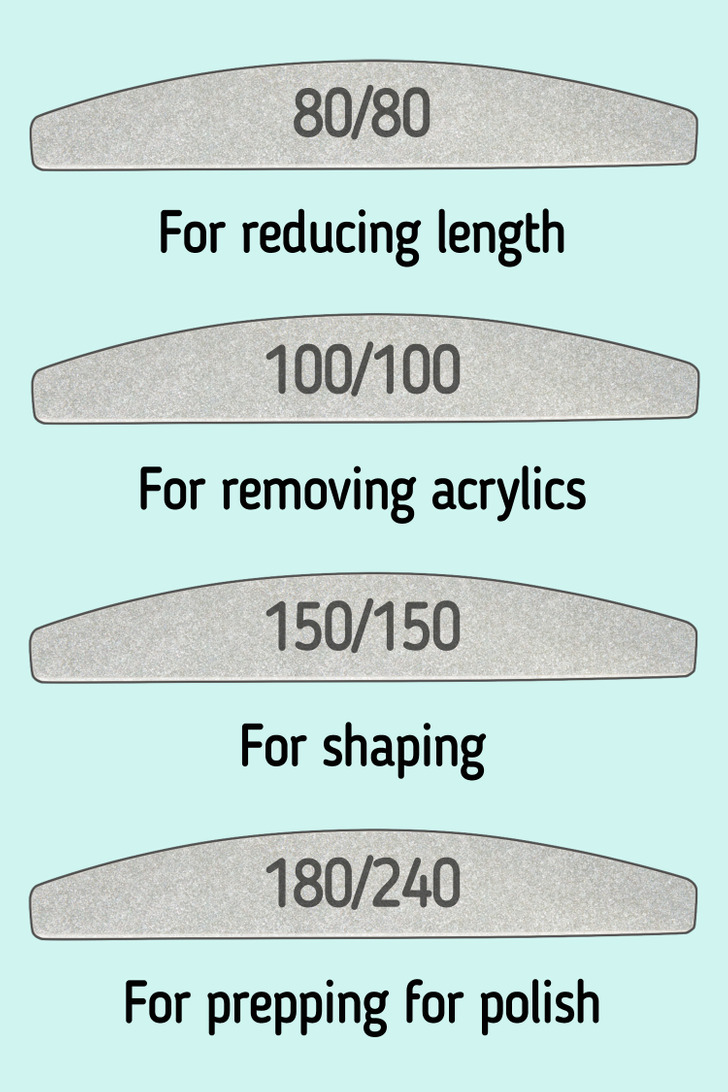
Many nail files have numbers on them with a slash, for example, “180/180”. They show how coarse the file is. The higher the number, the finer the file, and vice versa. If both numbers are the same, the grit on both sides is the same.
- 80 — used for reducing the length of very long nails or shaping very thick or deformed acrylic or gel polish nails.
- 100 — used for reducing the length and removing a layer of acrylic.
- 150 — used for shaping artificial nails.
- 180 — used for preparing a natural nail before applying any product, and also for shortening and shaping a natural free edge.
- 240 — needed to prepare nails before using gel polish.
Nail buffers
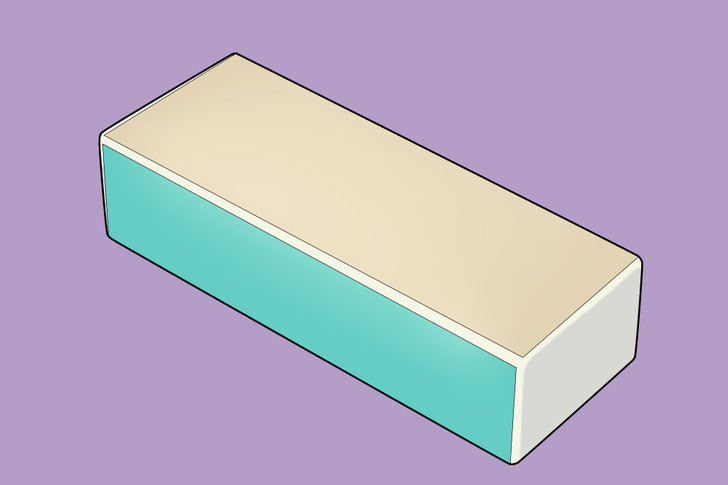
Buffers are another kind of nail file — it is a tool that is used not only for reducing length and shaping, but also for making nails shine. They are not as course as regular files. Buffers also have their own numbers but they mean different things.
Materials
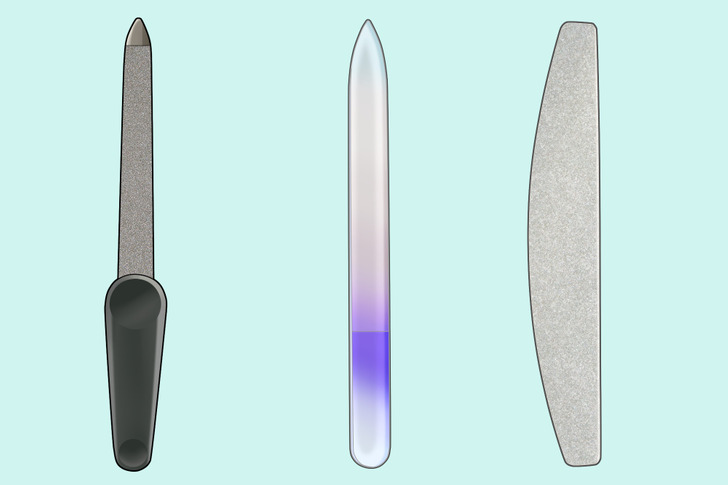
Another important factor when choosing a nail file is its material. Let’s take a look at what they are made from.
- Metal — recommended for use on nails with polish, for correction or shaping. Metal files may damage the natural nail — they leave your nail tip exposed, so you might break it accidentally or remove a bit more than you intended.
- Glass — very durable files. They are easy to disinfect. These files seal the edges of the nails which will prevent them from chipping.
- Abrasive — they may differ in terms of how coarse they are. Another significant aspect is the base of these files. The base could be plastic or wooden. Plastic files are more flexible compared to wooden ones and they are the more popular of the 2. The wooden ones are cheap and firm.
Shapes
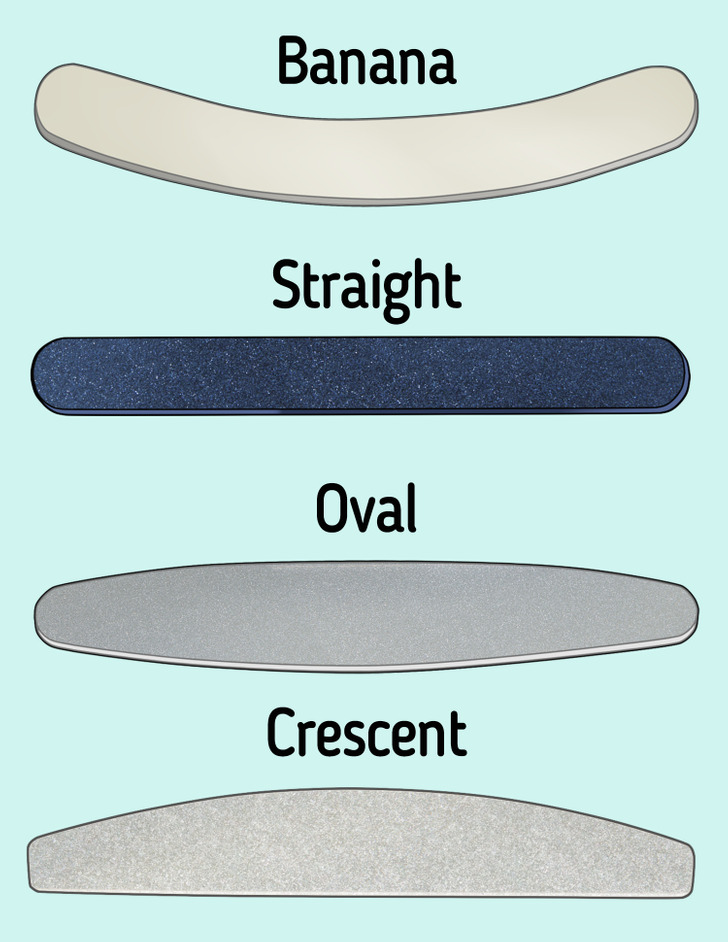
The shape of the file depends on what you want — to shape the edge, to polish the whole nail, or to just buff the cuticle area, and so on.
- Banana — thanks to the rounded shape, it’s perfect for the cuticle area. The shape helps avoid the overexertion of the wrist.
- Straight — perfect for straightening the sidewalls and the tip of the nail.
- Oval — thanks to the curve, it can be used on the lower part of the nail, and on the entire surface of the nail. It’s more universal than a banana.
- Crescent — it’s like the previous 2, you use the straight side to make long movements on the sides, and use the rounded side for the cuticle area.
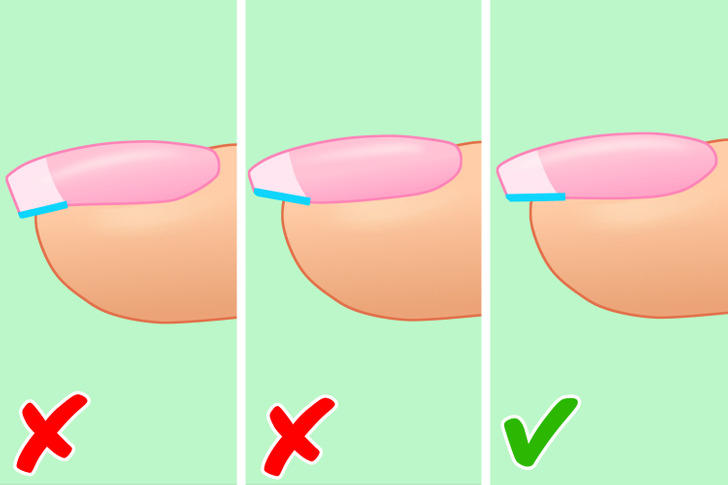
For example, you can use the oval or crescent-shaped file to gently correct both sides of the free edge of the nail, like shown in the image above.
Bonus: 3 myths about healthy nails
- You can cut the cuticle. FALSE. The cuticle acts as a natural skin barrier that protects our nails from bacteria and infections. Improper care of this part of the nail can lead to bumps on it.
- White spots on the nails appear due to a lack of calcium in the body. FALSE. White spots on the surface of the nails can appear for various reasons. Most often, white dots appear due to minor damage to the nail plate during polish removal. The nail cells are removed along with the nail polish and white spots form in their place.
- Under nail polish, nails are not able to breathe. FALSE. Nails don’t breathe at all. Like hair, they are made up of dead keratin cells. Nails get all their nutrients from the bloodstream, not the air.
